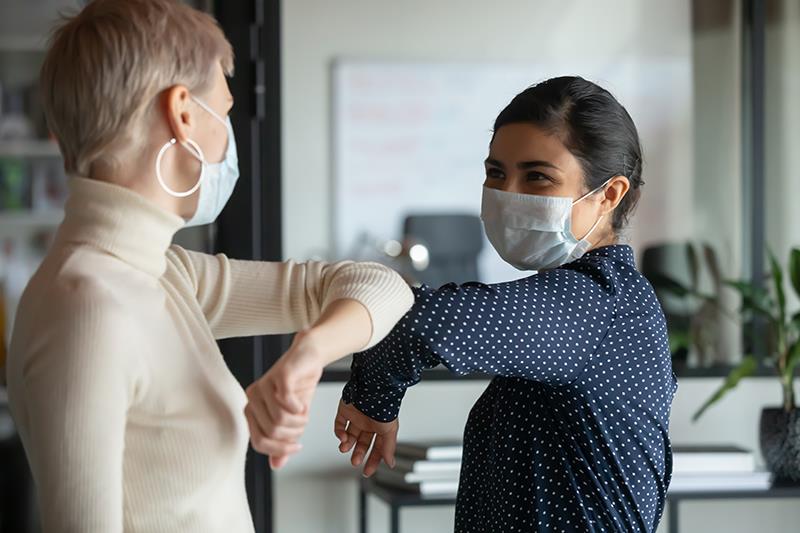Ensitrelvir safe, effective in preventing COVID-19 in households





Treatment with ensitrelvir among household contacts (HHC) of index patients (IP) with COVID-19 within 72 h after the onset of IP symptoms demonstrates efficacy and an acceptable safety profile as postexposure prophylaxis (PEP) in SCORPIO-PEP, a phase III placebo-controlled trial.
“Ensitrelvir is an oral SARS-CoV-2 3CL protease inhibitor, approved in Japan for the treatment of mild-to-moderate COVID-19,” according to lead author Dr Akimasa Fukushi, Clinical Research Department, Shionogi & Co, Ltd, Osaka, Japan.
In SCORPIO-PEP, Fukushi and colleagues enrolled 2,389 HHC of IP with laboratory-confirmed COVID-19 in the US, Japan, and other countries between June 2023 and August 2024. They randomized HHC with negative local SARS-CoV-2 antigen or RT-PCT test to receive either ensitrelvir (day 1: 375 mg; day 2‒5: 125 mg) or placebo within 72 h of symptom onset in the IP.
HHC with central laboratory confirmed SARS-CoV-2 negative result by RT-PCR (mITT) were included in the primary analysis population, while those with any central laboratory RT-PCR results at baseline (ITT) were included in the secondary analysis population.
Fukushi and his team assessed the proportion of HHC who developed COVID-19 (RT-PCR positive and ≥1 of the 14 specified COVID-19 symptoms lasting for ≥48 hours) by day 10 in both groups.
Of the enrolled HHC, 2,041 (mean age 42.4 years) constituted the mITT (ensitrelvir: n=1,030; placebo: n=1,011) population. In the mITT group, 71.1 percent of HHC were randomly allocated within 48 h of IP symptom onset, and 37.0 percent had at least one high-risk factor for severe COVID-19. [CROI 2025, abstract 200]
Overall, the proportion of HHC in the mITT with a laboratory-confirmed COVID-19 infection was markedly lower in the ensitrelvir arm than in the placebo arm (2.9 percent vs 9.0 percent; risk ratio [RR], 0.33, 95 percent confidence interval [CI], 0.22‒0.49; p<0.0001).
Ensitrelvir demonstrated similar efficacy (RR, 0.43, 95 percent CI, 0.32‒0.59; p<0.0001) in the ITT population (ensitrelvir: n=1,194; placebo: n=1,193). Among HHC who tested positive for SARS-CoV-2 at baseline (ensitrelvir: n=114; placebo: n=123), the RR was 0.75 (95 percent CI, 0.46‒1.23).
With regard to safety, the proportion of treatment-emergent adverse events (TEAEs) was comparable between the ensitrelvir and placebo groups (15.1 percent vs 15.5 percent), as was the incidence of serious TEAEs (0.2 percent vs 0.2 percent).
TEAEs occurring in >1.5 percent of patients in either group were also similar: headache (2.9 percent vs 2.5 percent), diarrhoea (1.8 percent vs 1.3 percent), and influenza (1.1 percent vs 1.6 percent). No COVID-19‒related deaths or hospitalizations were documented.
“COVID-19 remains a major threat to public health, and the best way to avoid the serious and long-term complications associated with the virus is to reduce the risk of being infected in the first place,” said co-author Dr Frederick Hayden, professor emeritus of Clinical Virology and Medicine, University of Virginia School of Medicine, US, in a statement.
“In addition to vaccination, PEP with timely use of an oral antiviral would be a valuable way to help prevent COVID-19 illness in people who have been exposed, especially people at high risk for severe disease,” he added. [https://tinyurl.com/2df8h2mk]